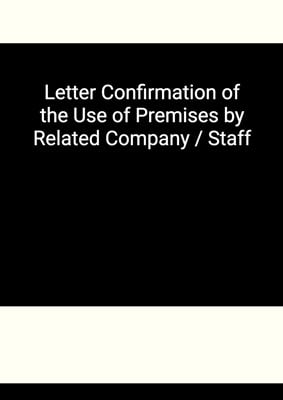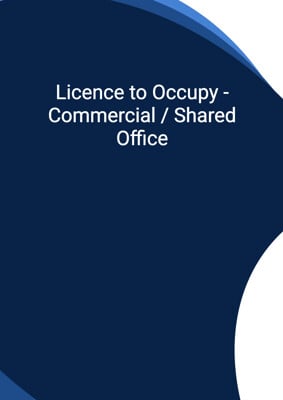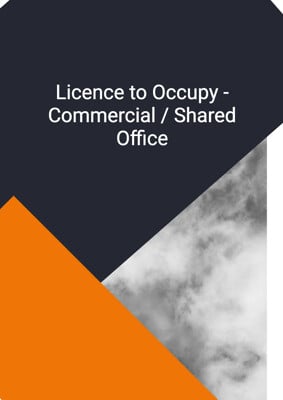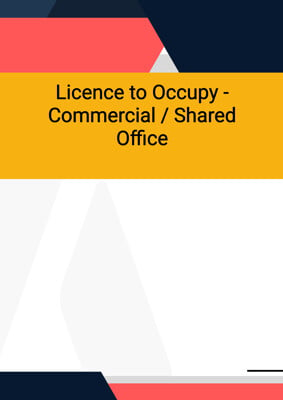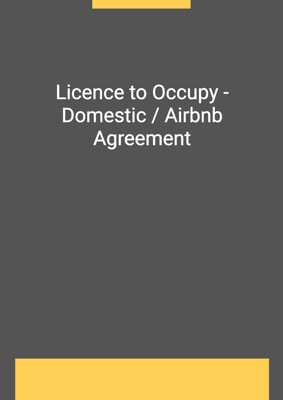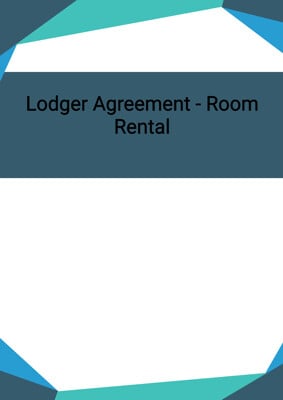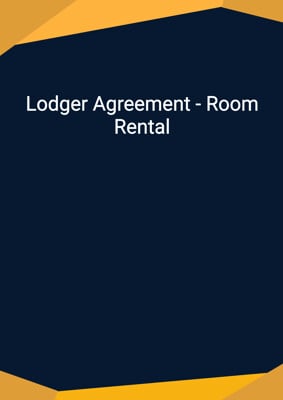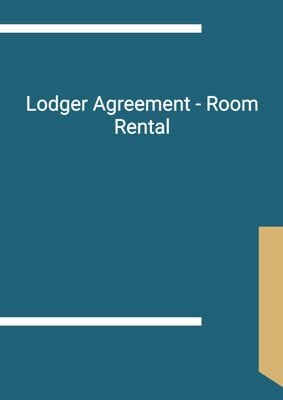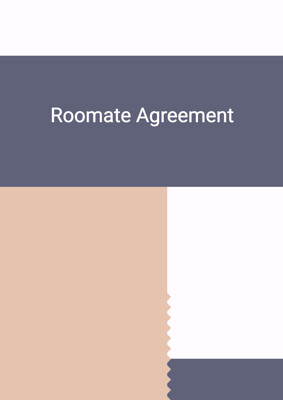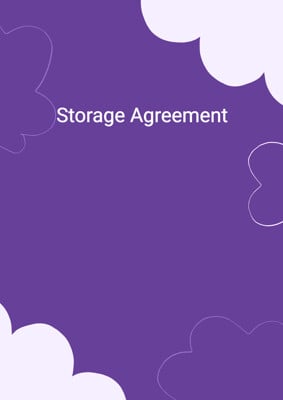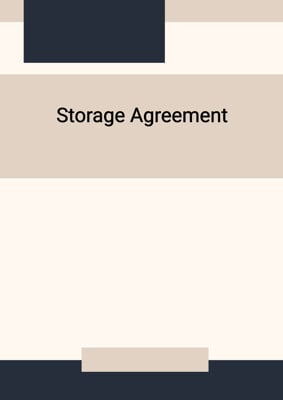
Licence to Occupy - Domestic / Airbnb Agreement
Licensor
Licence giving the licensee the right to occupy domestic property for a defined length of time. A licensee has only a personal interest and this interest can be revoked by the landowner at any time. This is a short term (Airbnb type) arrangement drafted in favour of the Licensor.
How to Tailor the Document for Your Need?
01
Create Document
Fill in the details of the parties. You can click the "Fill with Member’s Information" button to complete it with information saved to your account.
02
Fill Information
Please fill in any additional information by following the step-by-step guide on the left hand side of the preview document and click the "Next" button.
03
Get Document
When you are done, click the "Get Document" button and you can download the document in Word or PDF format.
04
Review Document
Please get all parties to review the document carefully and make any final modifications to ensure that the details are correct before signing the document.
Document Preview
Document Description
The document titled 'Licence to Occupy - Domestic / Airbnb Agreement' is a legal agreement between a licensor and a licensee for the occupation of a domestic property. The document is important as it establishes the terms and conditions of the occupancy, ensuring that both parties are aware of their rights and responsibilities.
The entire document consists of several sections that cover various aspects of the agreement. The first section provides a warning about the legality of letting domestic property on a daily basis without a license. It advises the parties to check with a local lawyer to ensure compliance with local regulations.
The second section introduces the parties involved in the agreement, namely the licensor and the licensee. It includes their names and addresses, clearly identifying them for the purpose of the agreement.
The third section outlines the purpose of the agreement, which is to grant the licensee permission to occupy the premises for a specified term. It specifies that the premises should be in a clean and tenantable condition and includes any furniture, fixtures, fittings, and equipment that are included in the occupancy.
The fourth section details the license fee, which is the amount payable by the licensee for the right to occupy the premises. It specifies the payment terms and conditions, including the deadline for payment and the consequences of non-payment.
The fifth section covers the deposit and cancellation policy. It outlines the amount of the deposit and the conditions under which it can be refunded or forfeited. It also states that the licensee is responsible for any damages caused and may be required to pay additional costs if the deposit is insufficient.
The sixth section lists the responsibilities of both the licensor and the licensee. It includes obligations such as prompt payment of fees, maintaining the premises in good condition, and not using the premises for illegal or immoral purposes.
The seventh section addresses the termination of the license. It specifies the circumstances under which the licensor can terminate the agreement, such as non-payment or breach of the terms. It also outlines the rights of the licensor to deduct outstanding payments from the deposit and evict the licensee.
The eighth section clarifies that the license is not a lease and does not create a landlord-tenant relationship. It emphasizes that the licensee's right to occupy the premises is personal and cannot be assigned or shared.
The ninth section includes miscellaneous provisions, such as the entire agreement clause, waiver of breach, and the addresses for serving notices. It also includes a provision regarding the licensee's insurance and liability for personal property.
The document concludes with a schedule that lists the furniture and electrical appliances included in the occupancy. It specifies the items in each room and any additional charges for consumption.
Overall, the document provides a comprehensive framework for the occupation of a domestic property, ensuring that both parties are aware of their rights, responsibilities, and the terms and conditions of the agreement.
How to use this document?
To use the 'Licence to Occupy - Domestic / Airbnb Agreement' document, follow these steps:
1. Check local regulations: Before using the document, consult with a local lawyer to ensure that letting domestic property on a daily basis without a license is legal in your jurisdiction.
2. Fill in the parties' information: Enter the names and addresses of the licensor and the licensee in the designated sections of the agreement. This will clearly identify the parties involved.
3. Specify the term and check-in/check-out times: Determine the duration of the license and the specific check-in and check-out times. This will establish the period of occupancy and help manage the turnover of guests.
4. Determine the license fee: Agree on the amount of the license fee, which is the payment required for the right to occupy the premises. Specify the payment terms and the deadline for payment.
5. Set the deposit and cancellation policy: Determine the amount of the deposit and the conditions under which it can be refunded or forfeited. Establish the penalties for late cancellation and the licensee's responsibility for damages.
6. Define responsibilities: Clearly outline the responsibilities of both the licensor and the licensee. This includes prompt payment of fees, maintaining the premises in good condition, and adhering to the terms of the agreement.
7. Understand termination conditions: Familiarize yourself with the circumstances under which the licensor can terminate the license. Be aware of the rights of the licensor to deduct outstanding payments from the deposit and evict the licensee.
8. Acknowledge the nature of the license: Understand that the license is not a lease and does not create a landlord-tenant relationship. Recognize that the licensee's right to occupy the premises is personal and cannot be assigned or shared.
9. Review miscellaneous provisions: Read through the miscellaneous provisions, such as the entire agreement clause and the addresses for serving notices. Understand the licensee's insurance obligations and liability for personal property.
10. Sign the agreement: Once all the terms and conditions have been agreed upon, sign the agreement along with the licensor. Keep a copy for your records and provide a copy to the licensee.
By following these steps, you can effectively use the 'Licence to Occupy - Domestic / Airbnb Agreement' document and ensure a clear understanding of the rights and responsibilities of both parties involved in the occupancy.
Not the right document?
Don’t worry, we have thousands of documents for you to choose from:
